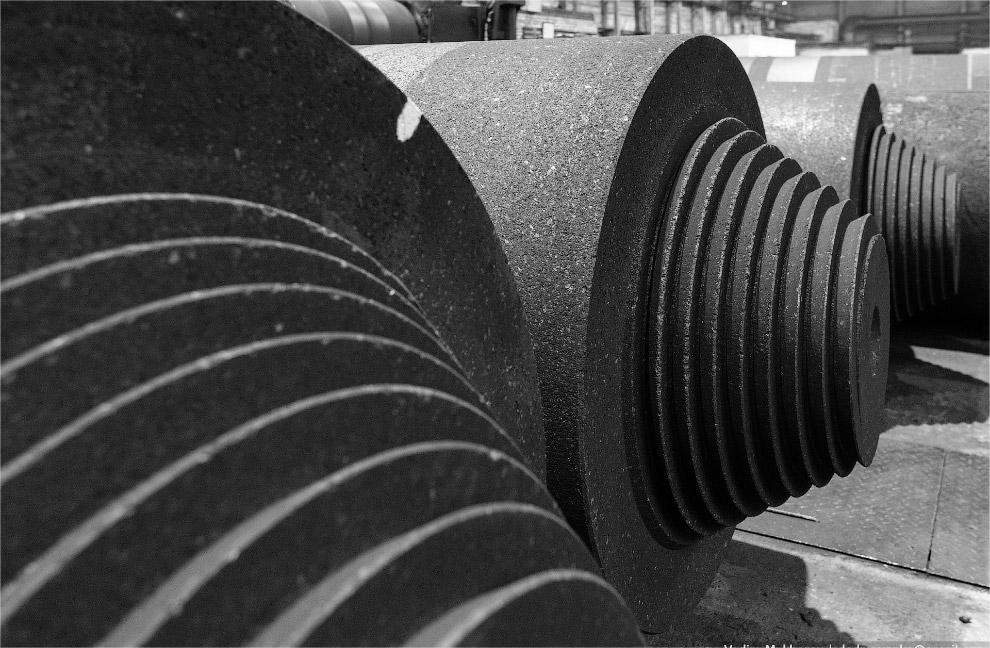(1) Ordinary power graphite electrode.
Ordinary power graphite electrode is allowed to use the current density of less than 17 A/cm² graphite electrode is mainly used in steel, silicon, yellow phosphorus and other ordinary power electric furnace.
The national standards for ordinary power graphite electrodes are as follows:
① For the wet graphite electrode, dry it before use.
② Remove the foam protective cap on the spare graphite electrode hole and check whether the internal thread of the electrode hole is complete.
③ Clean the surface of the spare graphite electrode and the internal thread of the hole with compressed air without oil and water, avoid cleaning with steel wire or metal brush and emery cloth.
④ Carefully screw the joint into the electrode hole at one end of the spare graphite electrode (it is not recommended to install the joint directly into the replaced electrode on the furnace), and do not collide with the thread.
⑤ Screw the electrode spreader (graphite spreader is recommended) into the electrode hole at the other end of the spare electrode.
⑥ When lifting the electrode, cushion the soft material below the end of the standby electrode installation joint to prevent ground damage to the joint: lift the hook into the sling ring after lifting, lifting the electrode to be stable, to prevent the electrode from falling off by the B end or colliding with other fixed devices.
⑦ Lift the spare electrode to the top of the electrode to be connected, align the electrode hole and slowly fall down; Rotate the spare electrode, so that the spiral hook and the electrode turn down together; When the end faces of the two electrodes are 10-20mm apart, the exposed part of the two end faces and the joint of the electrode are cleaned with compressed air; When the electrode is completely lowered at the end, it should not be too strong, otherwise it will cause damage to the thread of the electrode hole and the joint due to violent collision.
⑧ Twist the spare electrode with a torque wrench until the end faces of the two electrodes are in close contact (the correct connection gap between the electrode and the joint is less than 0.05mm).
(2) Oxidation resistant coated graphite electrode.
① The unit consumption of graphite electrode is less, and the production cost is reduced to a certain extent. For example, a steel mill does not stop production throughout the year, the first class LF refining furnace will consume about 35 graphite electrodes per week, according to the consumption of 165 refining and production furnaces, the use of graphite electrode antioxidant technology, can save 373 (153t) electrodes per year, per ton of ultra-high power electrode calculated by 16900 yuan per year, It can save 2.5857 million RMB.
② Graphite electrode consumes less power, saving the unit steelmaking electricity consumption and production costs.
③ Due to the fewer times of graphite electrode replacement, the amount of labor of the operator is reduced, the risk factor of operation is reduced, and the production efficiency is improved.
Graphite electrode is a low consumption and low pollution products, in the promotion of energy conservation and environmental protection today, has a very important social significance.
This technology is still in the research and development stage in China, and some domestic manufacturers have begun production, but it has been widely used in developed countries such as Japan. At present, there are also companies specializing in importing this antioxidant protective coating in China.
(3) High power graphite electrode.
The high power graphite electrode is a high power arc furnace that allows the use of graphite electrodes with a current density of 18~25A/cm mainly for dry steelmaking.
(4) Ultra-high power graphite electrode.
The ultra-high power graphite electrode is a graphite electrode with a current density greater than 25A/cm, which is mainly used in ultra-high power steelmaking arc furnaces.

